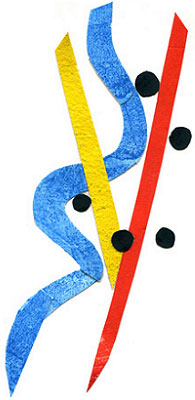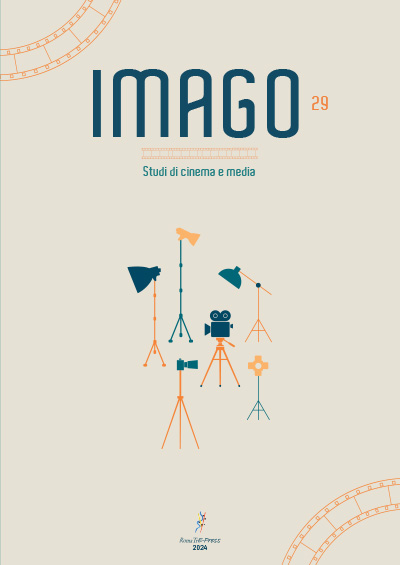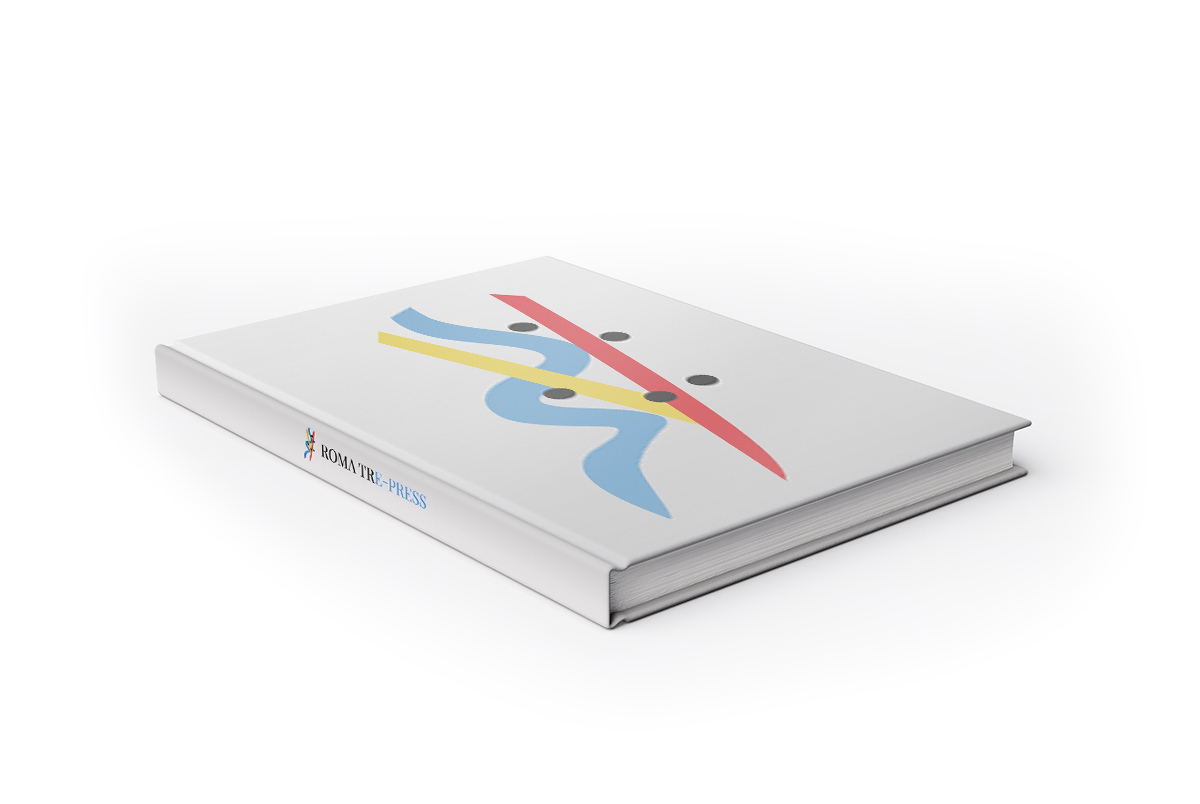Abstract

Il dossier, dal titolo “Televisione e Storia. Settant’anni di ricerche, metodologie, approcci storiografici”, è dedicato allo spazio occupato dalla storia della televisione italiana negli studi storici, da un lato, e nei media studies, dall’altro lato, a settant’anni dall’inizio delle sue trasmissioni ufficiali. Aderendo a una vocazione interdisciplinare, a metà tra la storia contemporanea, gli studi di cinema e media, la sociologia della cultura e della comunicazione, si vuole offrire una panoramica ampia sugli approcci, le metodologie e le fonti che sono stati finora utilizzati per analizzare la storia del mezzo in Italia. Nella parte dedicata ai saggi liberi, la rivista approfondisce innanzitutto le possibilità aperte dallo studio della sceneggiatura e della lettura comparata dei materiali di archivio in un caso di studio. Segue invece un saggio sul ruolo della figura del padre nel cinema italiano contemporaneo, letta attraverso alcune categorie archetipiche. Infine, la sezione “Focus” propone dei ragionamenti attorno alla proposta di Francesco Casetti sul rapporto fra ambienti schermici, paure e spazialità; sulla museologia, le forme espositive e il cinema contemporaneo; e sul rapporto fra immagini e archivi in un aggiornamento del lavoro di Aby Warburg.

The special section of this issue is dedicated to the relationship between television and history. Seventy years after the beginning of its official broadcasts, what space does the history of Italian television occupy in historical studies, on the one hand, and in media studies, on the other? Adhering to an interdisciplinary vocation, somewhere between contemporary history, film and media studies, and the sociology of culture and communication, the section offers a broad overview of the approaches, methodologies, and sources that have been used so far to analyze the history of television in Italy. The open section of the issue addresses firstly the possibilities opened up by the study of screenwriting and the comparative reading of archival materials in a specific case study. This is followed by an essay on the role of the father figure in contemporary Italian cinema, analyzed through some archetypal categories. Finally, the “Focus” section reflects on Francesco Casetti’s recent work about screen environments, fears, and spatiality; on museology, exhibition formats, and contemporary cinema; and on the relationship between images and archives in an update of Aby Warburg’s work.



